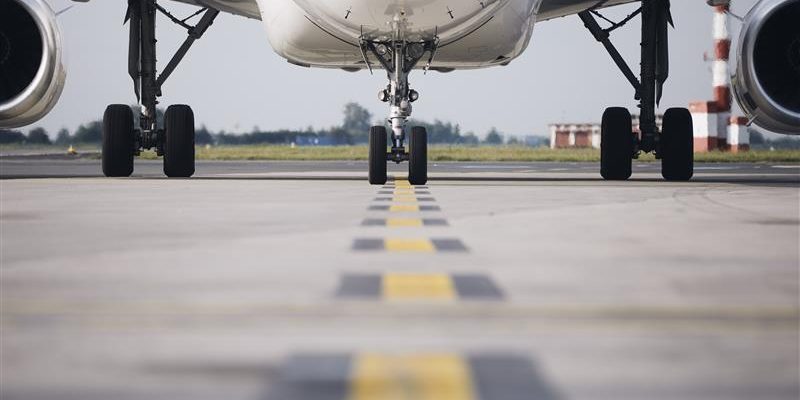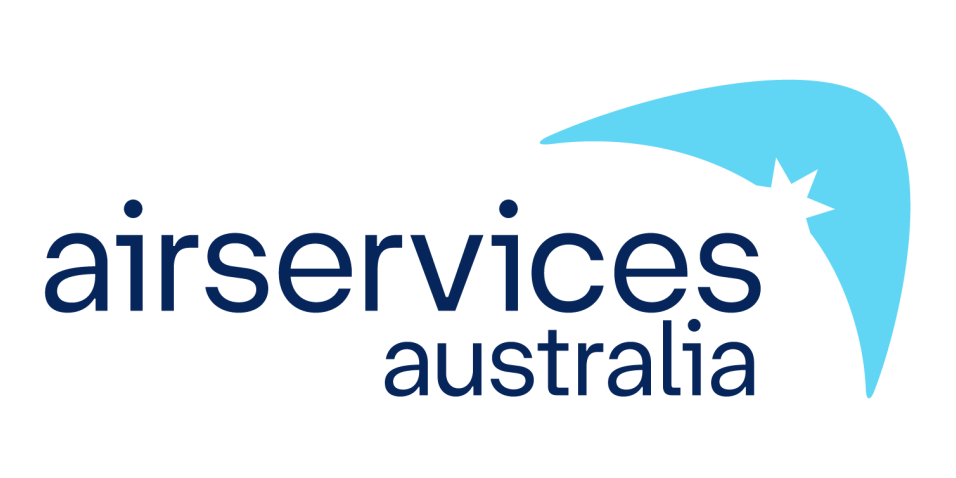Airservices Australia is seeking feedback from technology providers to inform how the organisation can best support the development of digital services to drone operators, as part of Australia’s future drone traffic management ecosystem.
These innovative software solutions will ensure the safe growth of the burgeoning drone industry – as part of the broader drone traffic management ecosystem – and connect to Airservices’ new Flight Information Management System (FIMS), expected to go live in late 2025.
Airservices’ Request for Information (RFI) closes at 2pm on Wednesday, 21st August.
The call to industry follows the recent appointment of Frequentis Australasia to develop the FIMS, which will enable Airservices to seamlessly integrate thousands of drones, air taxis and other uncrewed aircraft into Australia’s busy airspace.
FIMS will be at the core of Australia’s open market Uncrewed Aircraft Systems Traffic Management (UTM) ecosystem. It will provide important airspace information to airspace users and facilitate the safe, reliable and efficient use of airspace, while also supporting the growth of the drone and advanced air mobility (air taxi) markets.
Airservices’ RFI is aimed at informing how the organisation can best develop support initiatives to the developers of the front-end tech solutions for UTM services – called Uncrewed Aircraft Systems (UAS) Service Suppliers (USS) – that connect to FIMS and deliver tailored services to drone operators.
Airservices – in our unique role in delivering services for both traditional crewed and uncrewed aviation – wants to establish and grow the USS market in Australia, including by providing access to subject matter experts, grants and other initiatives.
As Australia’s air navigation service provider (ANSP), Airservices is responsible for providing safe, efficient, secure and environmentally responsible services for all Australian administered civil airspace, including equitable access to that airspace.
Recent analysis commissioned by Airservices predicts that drone and AAM flights in Australia will surge from around 1.5 million currently to more than 60 million by 2043, highlighting the need for the latest technologies to manage the significant increase in air traffic.
While FIMS will provide back-end data exchange and decision-making capabilities to support many of the services in the UTM ecosystem to access UTM services and data, drone operators will need to utilise one of several USS available in the open market.
USS will allow drone operators to access digital services to plan for flights, submit flight plans, provide position information, receive relevant information about nearby drone operations, request access to busy airspace and receive alerts about potential conflicts and communications to enhance safety.
Luke Gumley, Airservices Australia’s Head of Transformation Uncrewed Services, encouraged industry participants interested in becoming a USS to respond to the RFI to help inform us of the current market appetite for the development of USS solutions in Australia.
“The availability of many USS providers in Australia’s UTM ecosystem will be critical in enabling industry growth and in ensuring safe operations,” Mr Gumley said.
“We want to see diverse USS providers thriving in the open market.
“USS solutions will be wholly industry-owned and delivered, with Airservices offering support and collaboration across key stakeholders to help USS providers meet necessary technical, contractual and regulatory requirements.”
For more information on Airservices’ innovative work to support Australia’s UTM ecosystem, visit our website.
About Airservices
Airservices Australia is the Federal Government-owned organisation responsible for the safety of 11 per cent of the world’s airspace and the provision of aviation rescue fire fighting services at Australia’s busiest airports. We work closely with our customers and industry to support the long-term growth of the aviation industry and are investing in technologies to position Australia at the forefront of innovation in the global aviation industry.



